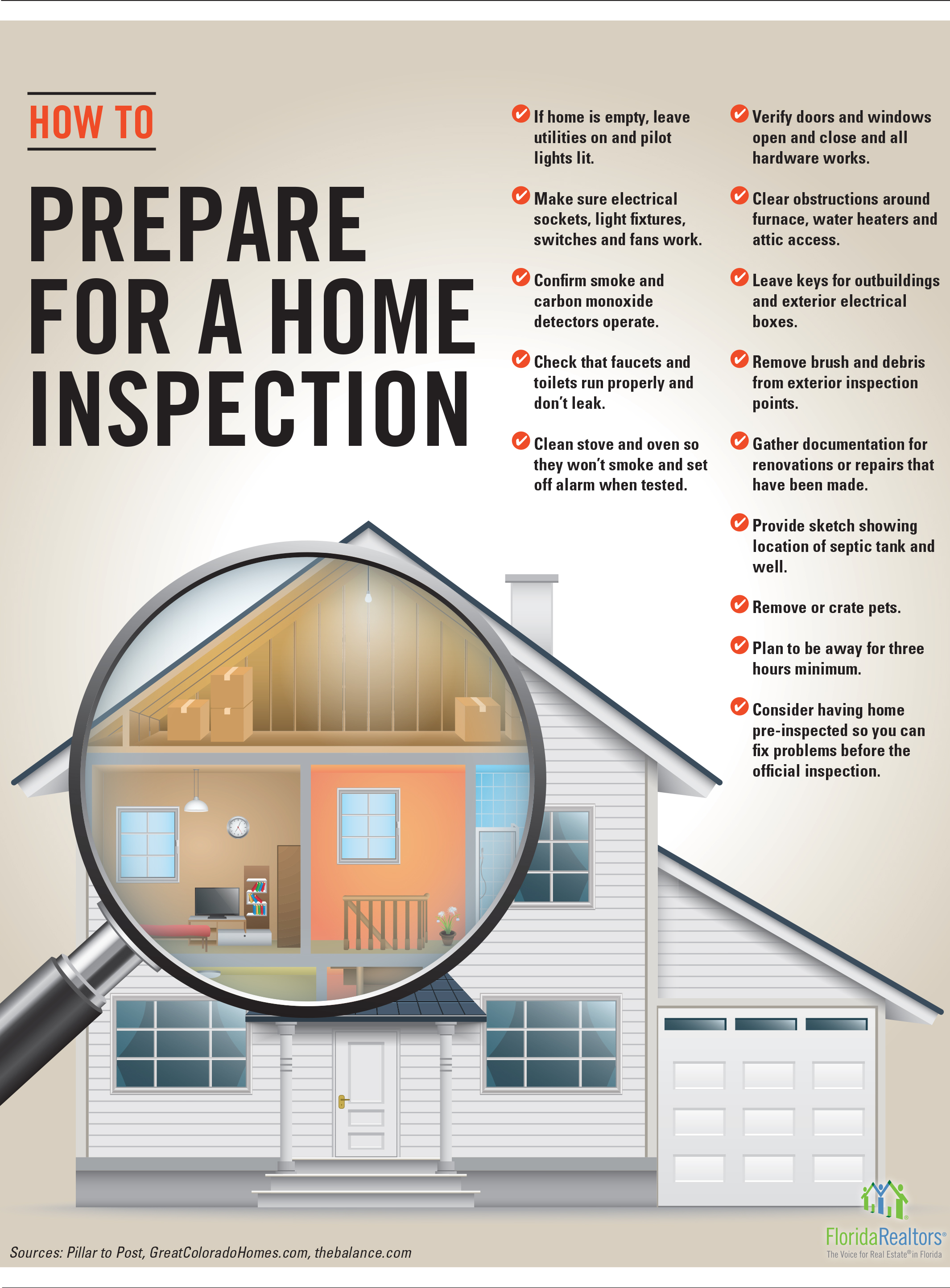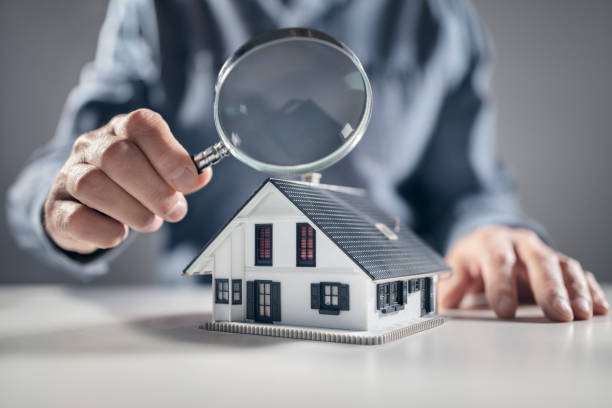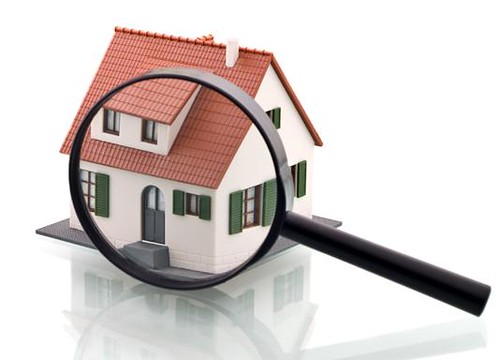Phoenix property inspections with comprehensive reports for real estate transactions
Phoenix property inspections with comprehensive reports for real estate transactions
Blog Article
What Is Consisted of in a Comprehensive Residential Property Examination Process?
An extensive home examination procedure is vital for ensuring and securing financial investments safety and security. It encompasses a thorough assessment of architectural stability, electric systems, plumbing, and Cooling and heating systems, amongst other essential elements. What, after that, are the most essential elements that can make or damage a home analysis?
Summary of Property Evaluation

The inspection includes several crucial areas, consisting of the outside and indoor elements, systems such as pipes and electrical, and any kind of visible architectural components (Home inspections). During the process, the assessor documents the problem of these components, trying to find indicators of wear, damage, or possible risks
A detailed home inspection not only aids potential customers make informed decisions yet also assists present owners in recognizing necessary repair work or upkeep jobs. By offering an in-depth record of searchings for, the inspection allows stakeholders to focus on concerns that might require immediate focus or could impact future investment.
Moreover, a reliable examination procedure complies with developed industry standards and guidelines, guaranteeing a reliable and consistent analysis. On the whole, the residential or commercial property assessment process is a necessary device in property transactions, promoting transparency and safeguarding both buyer and vendor passions.
Architectural Examination

Throughout the assessment, professionals evaluate different parts, consisting of the structure, framing, walls, and roof covering systems. They look for indications of changing or resolving, such as splits in wall surfaces or uneven floors, which can signify underlying issues. The evaluation also involves taking a look at the quality of construction materials and techniques used, ensuring conformity with structure codes and criteria.
In addition, inspectors may check for signs of moisture breach, which can bring about timber rot and mold, more endangering architectural stability. They likewise assess load-bearing elements to guarantee they can properly support the weight of the building and its contents.
Inevitably, a complete structural examination offers important understandings for potential customers and house owners, enabling them to make educated decisions regarding building investments and essential maintenance. By recognizing structural worries early, owners can address problems proactively, preserving the long-lasting worth and safety of the building.
Electrical System Evaluation
A reliable electric system assessment is critical in the residential or commercial property examination process, as it assesses the safety and security, functionality, site web and compliance of a structure's electric facilities - Commercial property inspections. This evaluation generally includes a detailed assessment of the primary electric panel, breaker, and electrical wiring systems. Assessors look for indications of wear, rust, or damage that might endanger security
The analysis consists of testing for sufficient grounding and bonding, ensuring that the electric system is properly connected to avoid electrical shock or fire threats. Examiners additionally evaluate the capability of the electric system to handle the current lots, recognizing any prospective overloading concerns that might bring about failings or interruptions.
Furthermore, the evaluation checks for the visibility of GFCI (Ground Mistake Circuit Interrupter) and AFCI (Arc Fault Circuit Interrupter) gadgets in suitable locations, which are vital for shielding versus electrical shocks and stopping fires. Compliance with regional building reference ordinance and regulations is likewise validated to make sure that any kind of setups or modifications meet security standards.

Plumbing and Cooling And Heating Checks
Adhering to the electrical system evaluation, the pipes and heating and cooling checks are important elements of the property inspection process. These assessments ensure that the crucial systems of the residential property are operating correctly and safely, thus protecting the investment and wellness of the passengers.
During plumbing examinations, professionals analyze the condition of pipelines, fixtures, and drainage systems. They look for leaks, corrosion, and any type of indications of water damage that can suggest larger problems. The efficiency of water heaters is additionally evaluated to ensure they meet current requirements and provide appropriate warm water supply.
Inspectors will certainly examine the operational performance of these systems, ensuring that they keep a comfortable interior environment. Additionally, the assessor will look for any indicators of wear or possible safety risks, such as carbon monoxide leaks in heating systems.
Exterior and Inside Inspections
Exterior and indoor inspections are vital facets of the building assessment process, providing an extensive introduction of a home's problem. The external assessment entails examining structural components such as the roof, exterior siding, foundation, and windows. Assessors look for signs of wear, damage, or potential risks, consisting of water invasion, mold development, and parasite infestations. They likewise analyze the bordering landscape, making certain appropriate drainage and identifying any type of trees or vegetation that may intimidate the you can find out more building.
The indoor assessment concentrates on the problem of living spaces, consisting of wall surfaces, flooring, and ceilings. Inspectors check out the capability of devices, home windows, and doors, while additionally looking for signs of moisture or structural issues. Electric systems, pipes fixtures, and HVAC systems are inspected to guarantee they are in working order, certified with building regulations, and devoid of safety hazards.
Both evaluations finish in an in-depth report that highlights essential findings and referrals for repairs or more evaluations. This twin technique ensures that potential purchasers or owners are completely informed regarding the home's strengths and weaknesses, enabling them to make well-informed choices.
Conclusion
To conclude, a detailed property assessment procedure includes a considerable examination of structural stability, electrical systems, plumbing, and heating and cooling devices, together with thorough outside and indoor assessments - Phoenix property inspections. By systematically examining each critical element, potential safety hazards and conformity with sector standards and neighborhood building regulations can be recognized. The resultant thorough record serves as a crucial source, equipping home owners and customers to make enlightened choices relating to home investments and upkeep, ultimately boosting safety and security and value
A detailed residential property evaluation process is essential for making certain and safeguarding financial investments safety.During the examination, specialists evaluate different components, consisting of the foundation, framework, wall surfaces, and roofing systems.An efficient electrical system assessment is critical in the property inspection process, as it evaluates the safety, performance, and conformity of a building's electrical facilities.Outside and interior inspections are important facets of the residential property assessment procedure, offering a thorough overview of a property's condition.In conclusion, a comprehensive residential or commercial property assessment process includes an extensive examination of structural honesty, electric systems, plumbing, and Heating and cooling units, along with comprehensive exterior and interior evaluations.
Report this page